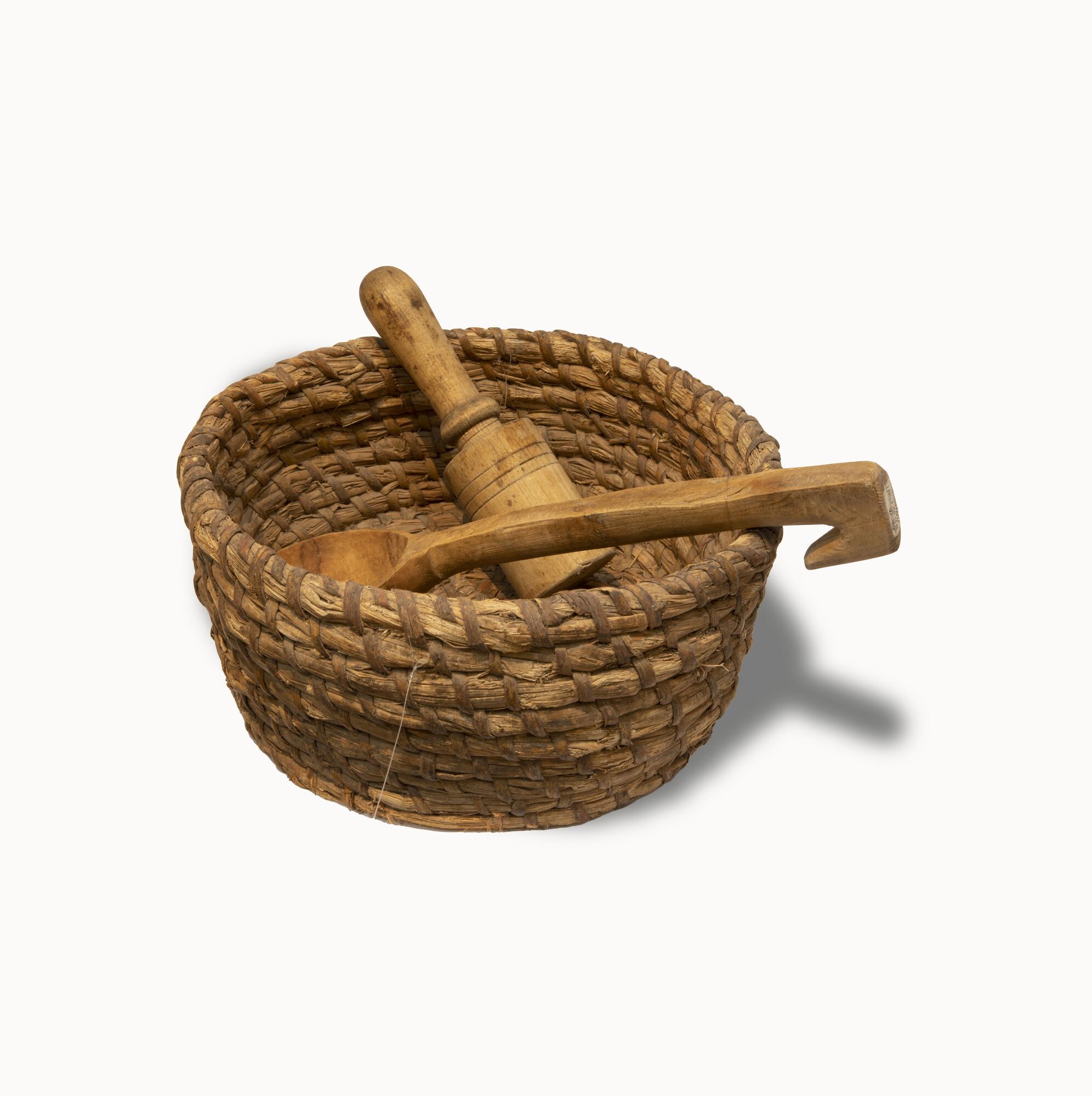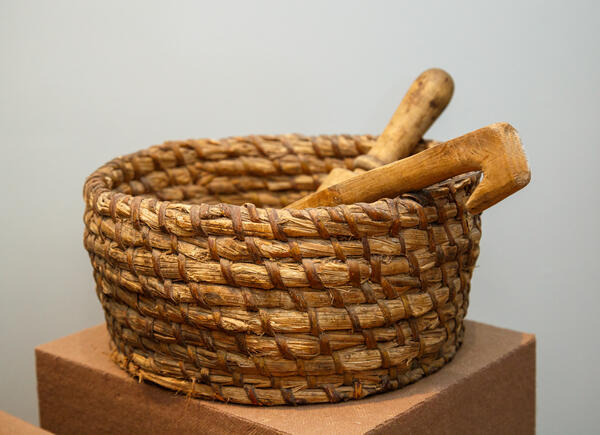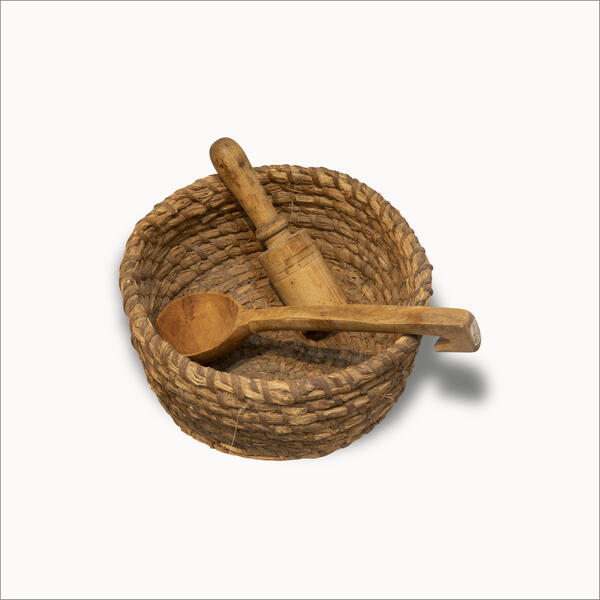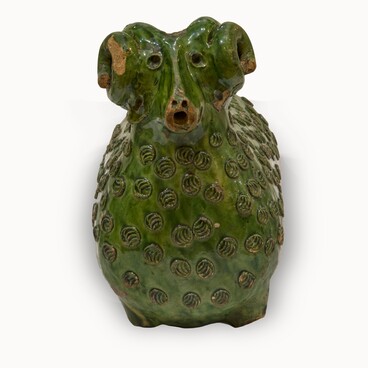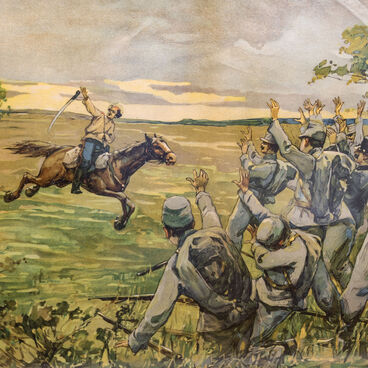Baskets, woven containers for storing, packing, and transporting various objects, have been known since ancient times. They first appeared over 8,500 years ago in the Middle East and Africa. This has been proven by archaeological excavations. Remarkably, the materials and techniques for weaving baskets and boxes have not changed much since that time. Basket weaving may be considered one of the most traditional activities.
Baskets are made of a variety of materials. The main requirements are ductility and flexibility. Most often, the materials include birch bark, vines, chip, straw, stems, wooden splints, pine lath, and others. In eastern countries, bamboo and rattan core are used for weaving. In the early 20th century, the most popular basket material in Europe was willow.
Woven baskets served a variety of purposes — from burying personal possessions together with a dead person (to accompany them in the afterlife) to aeronautics (the passengers of hot air balloons travel in baskets). However, most often, woven baskets were used for practical purposes, including transporting food and storing clothes.
The basket on display was donated to the Museum-Reserve by Khristinia Bokova, a resident of the Kruzhilin hamlet, Mikhail Sholokhov’s home village, who knew the writer personally. The basket is made of straw and has a light dust color. Basketry is one of the traditional crafts of the Don Cossacks.
This basket was made using the twining technique where the stakes are coiled up and gradually bound together with a flexible thin material. This process results in beautiful woven vessels, baskets, or trays. The stakes can be bound using various methods, for example in an overlapping or a scale-like manner, which allows to vary the weaving technique. Pine needles, straw, vines, yucca, and grasses can be used as the main material, while raffia (palm fiber), horsehair, wood veneer, and other materials can be used for binding.
Baskets are made of a variety of materials. The main requirements are ductility and flexibility. Most often, the materials include birch bark, vines, chip, straw, stems, wooden splints, pine lath, and others. In eastern countries, bamboo and rattan core are used for weaving. In the early 20th century, the most popular basket material in Europe was willow.
Woven baskets served a variety of purposes — from burying personal possessions together with a dead person (to accompany them in the afterlife) to aeronautics (the passengers of hot air balloons travel in baskets). However, most often, woven baskets were used for practical purposes, including transporting food and storing clothes.
The basket on display was donated to the Museum-Reserve by Khristinia Bokova, a resident of the Kruzhilin hamlet, Mikhail Sholokhov’s home village, who knew the writer personally. The basket is made of straw and has a light dust color. Basketry is one of the traditional crafts of the Don Cossacks.
Usually, a worker sits on the floor or a low bench with an inclined bench in front of them supporting the future basket. The process requires only a limited number of instruments, including a stitching awl, a sharp knife, clippers, and a heavy metal brick for compacting the rows of stakes. To prevent the fragile dry straws from splitting during weaving, they are soaked for several hours or even overnight.
This basket was made using the twining technique where the stakes are coiled up and gradually bound together with a flexible thin material. This process results in beautiful woven vessels, baskets, or trays. The stakes can be bound using various methods, for example in an overlapping or a scale-like manner, which allows to vary the weaving technique. Pine needles, straw, vines, yucca, and grasses can be used as the main material, while raffia (palm fiber), horsehair, wood veneer, and other materials can be used for binding.
